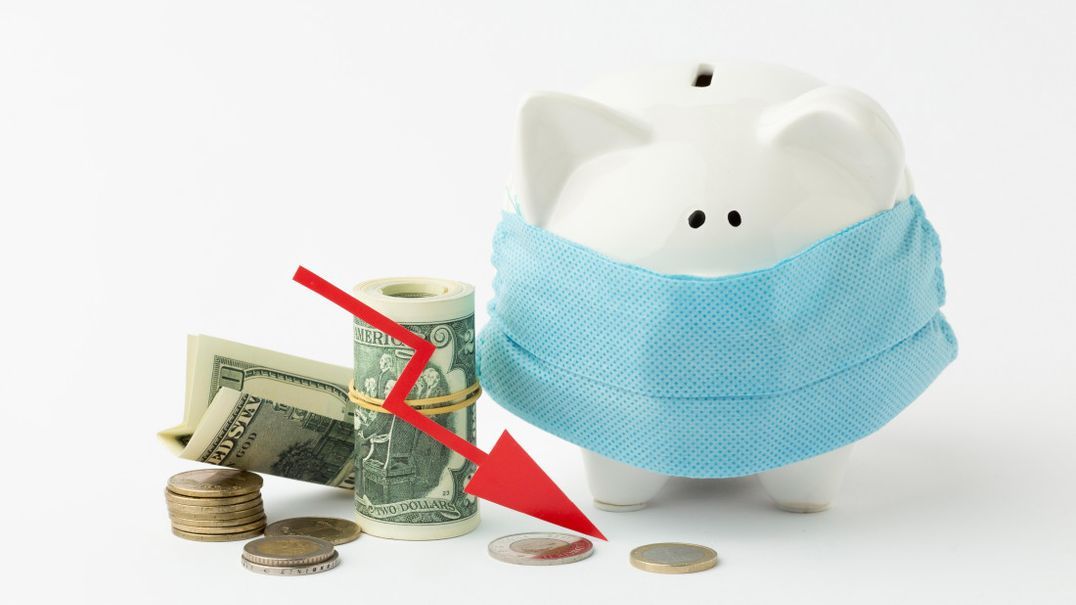Exploring the Expansion of the Bankruptcy Code under the CARES Act
2 min read
May 27, 2020
The Coronavirus Aid, Relief, and Economic Security Act, also known as the CARES Act, provides widespread economic relief for individuals and businesses adversely affected by the coronavirus outbreak and includes several key modifications and amendments to the U.S. Bankruptcy Code. We explore how these revisions will immediately impact the bankruptcy landscape for both individual debtors and small businesses below.
Revisions to Chapter 7 and 13 Filings

It remains unclear what the courts will consider a "material financial hardship" when granting modifications of confirmed plans, but we expect courts to allow most debtors to meet the standard due to the widespread effects of the pandemic.
Revisions to Chapter 11 Filings
One of the more important amendments provides enhanced protections for small businesses. The CARES Act amended the Small Business Reorganization Act of 2019 (SBRA) to increase the debt threshold for small businesses filing under newly added Subchapter V of Chapter 11 of the U.S. Bankruptcy Code from $2.7 million to $7.5 million in aggregate debt. This amendment expands bankruptcy protection for small businesses suffering economic distress during the pandemic.
Nationwide, many small businesses are likely to take advantage of the streamlined reorganization provisions of the SBRA as amended by the CARES Act. However, this increased debt threshold applies only to cases filed after the CARES Act became effective and will expire on March 27, 2021, after which the debt threshold will decrease back to $2.7 million.
Topics
Related Capabilities
Featured Insights

Employment Law Observer
Dec 8, 2025
12 Days of California Labor and Employment: 2025 Year in Review

Press Release
Dec 4, 2025
Hinshaw Recognized by the Leadership Council for Legal Diversity as a 2025 Top Performer

Press Release
Nov 25, 2025
Hinshaw Legal Team Secures Summary Judgment in Gas Station Injury Case

Press Release
Nov 18, 2025
Hinshaw Releases the Third Edition of Duty to Defend: A Fifty-State Survey

In The News
Nov 13, 2025
A Profile on Neil Rollnick: After 57 Years in Practice, He Has No Plans to Retire

Press Release
Oct 22, 2025
Hinshaw & Culbertson LLP Launches New Website and Refreshed Brand






